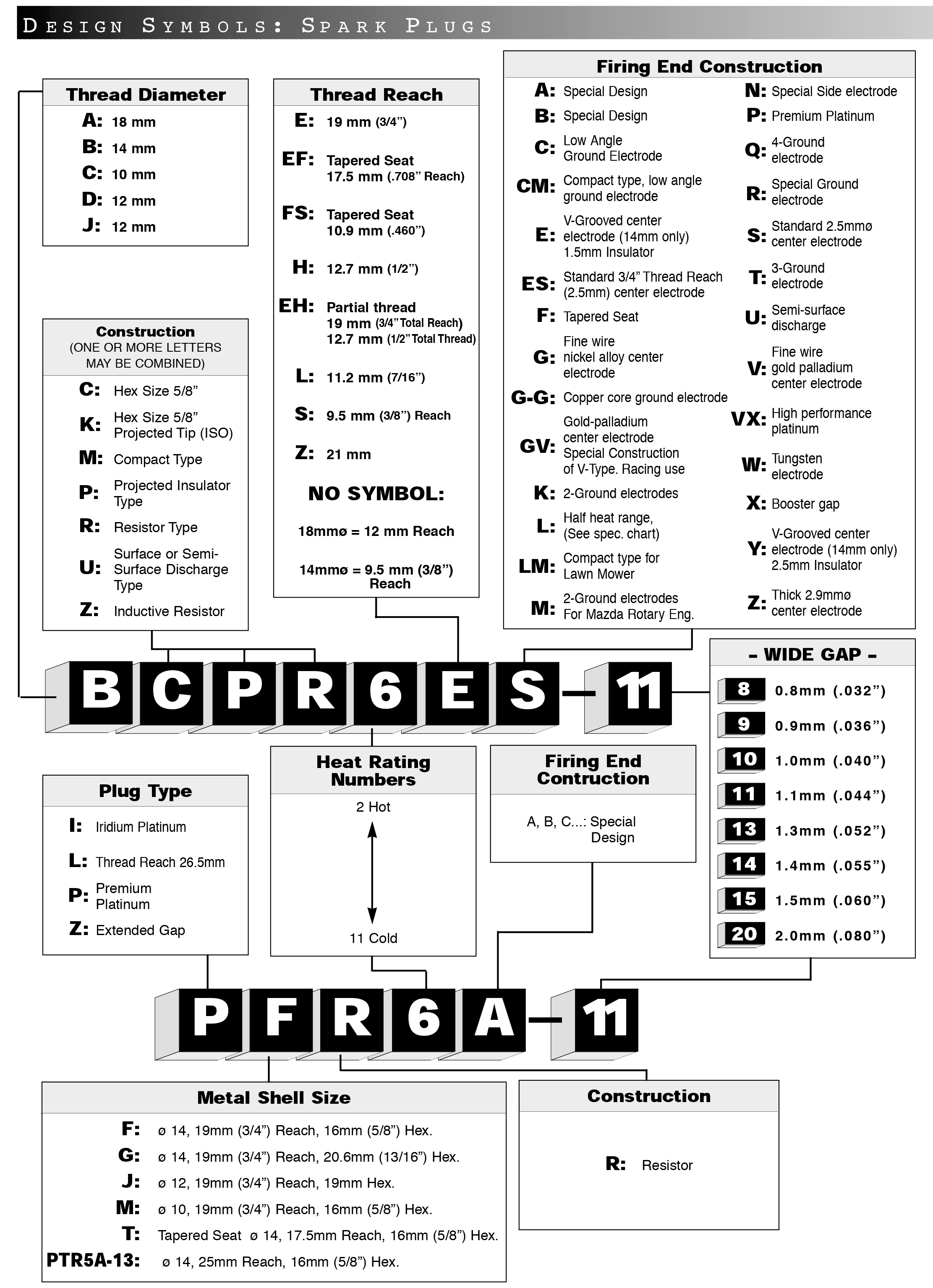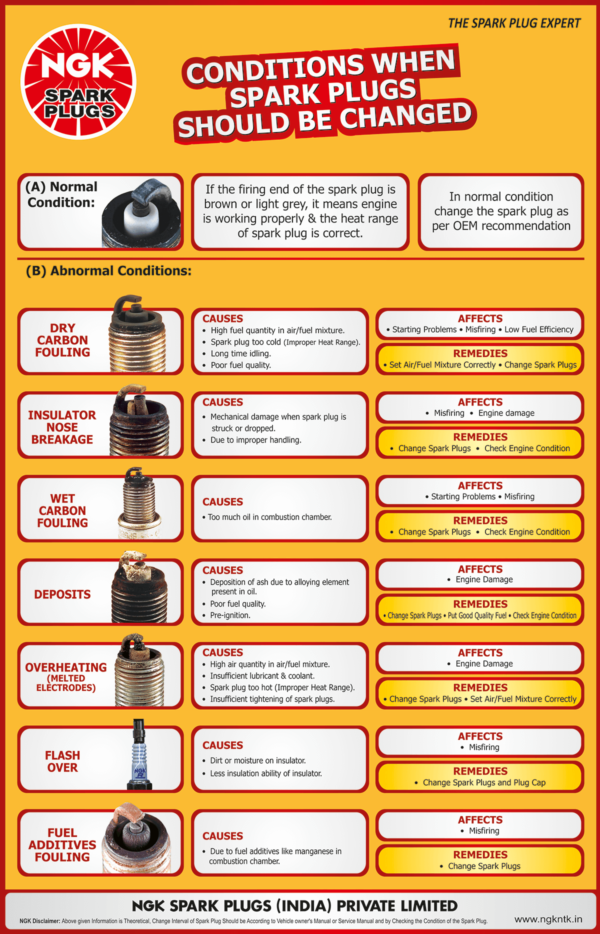
06H905621 Based on the reference website that correlates to heat range 7 for ngk and 22 for Denso. Now when i go on the genuine Audi parts site they have this part number listed as stock. Their Bosch plugs state heat range 6 is OEM, but as a matter of fact based on these other sites, it is actually heat range 5 that is stock for the Bosch plugs on the 2.0T FSI engine. See below, two links with lots of plugs.Īnd here, JHM is stating the same information as ECS about heat ranges. This is a Spark Plug Cross reference website which states that the factory NGK heat range is indeed 7. engine damage (refer to the chart below). Colder heat ranges must be used in engines with. I have been using the HEAT RANGE 7 plugs below for the longest time, since that is what ECS tuning is calling ONE STEP COLDER than stock.īut if you look at the NGK website, their factory replacement plug is a heat range 7. When using this guide, understand that high performance sparks plugs are usually of a much colder heat range than normal automotive or street plugs. Excessively engine operating temperatures.įigures 28 and 29 show plugs that have been over heating due to intense knocking and pre-ignition.I am finding a lot of conflicting information online.usually due to operating with an excessively high loaded prop. Spark Plug Reference Chart Stock MFG Recommendations: approx under 9:1 compression. Plug heat rating too low, permitting the plug to exceed the optimum operating temperature range of 1560 - 1830 deg.In that case Id start with a mix of 5 and 6 heat range plugs.

Oil pumping past worn piston rings And valve guides. Stock heat range would be NGK 4 with 5 being one step colder.The plugs illustrated in Figures 25, 26, and 27 show varying degrees of melting of the electrode and may be the result of: Insulator top: 14.5mm high-N: Strong ground electrode design: No Letter: V-Grooved centre electrode (14mm thread dia. Excessive cooling usually caused be an improperly functioning cooling system.Use of air-fuel mixtures richer than about 8:1 - 10:1.also may be due to too light prop loading conditions. A plug with too high a heat rating being used and the firing-end not reach it's self cleaning temperature of 750 - 840 deg.Oil pumping past warn piston rings and valve guides.įigures 3, 4, and 5 show the sooty plugs, which are usually the result of:.Even plugs presenting a good appearance, as those shown in Figures 6 - 24, can quite often be covered with lead deposits, which cause misfiring.įigures 1 - 2 show wet plugs and are normally attributed to one of the following causes:

Selecting a spark plug with the proper heat range will ensure that the tip will maintain a temperature high enough. the spark plug heat range only indicates the rate at which the spark plug dissipates its firing end heat to the engine. The information below is intended to assist you in correctly choosing your spark plugs and deter-mining operating condition of your engine. WHY ARE THERE DIFFERENT HEAT RANGES It is a common misconception that spark plugs create heat. The appearance of the firing-end of a spark plug shows how well an engine has been operating, the suitability of the plug heat rating, and whether or not the carburetor and ignition timing are properly adjusted. On most engines making between 300 and up to the 500 HP or more area on small blocks and 600 HP or so area on big blocks, the heat range on the plugs should. The information below was taken from a pamphlet given out on NGK Spark Plugs in the late 1970's, it is just as valid today as it was then.


 0 kommentar(er)
0 kommentar(er)
